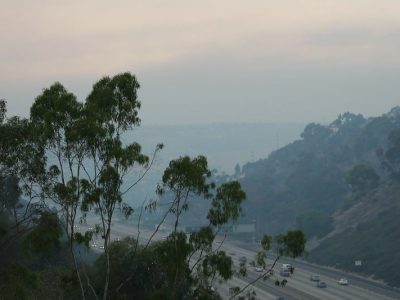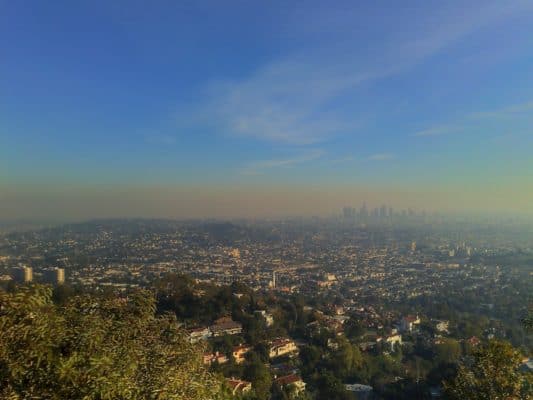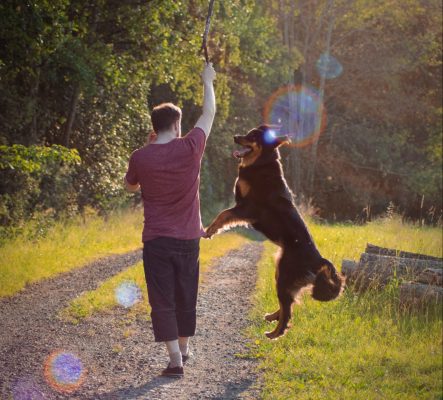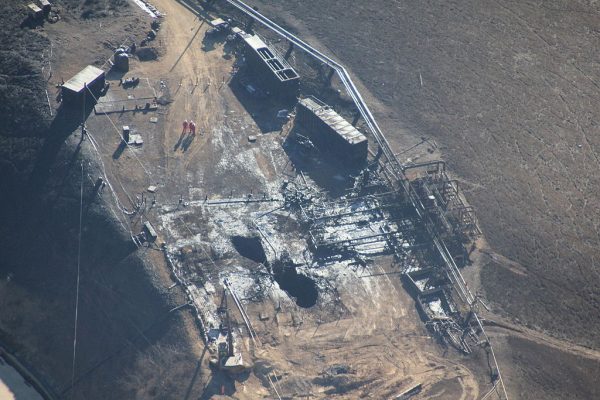HIGHLIGHTS
- Machine learning methods can model ozone reasonably well during a wildfire.
- Leave-one-location-out CV more accurately estimates prediction error than 10-fold CV.
- Gradient boosting and random forest predicted ozone more accurately than other models.
ABSTRACT
Epidemiologists use prediction models to downscale (i.e., interpolate) air pollution exposure where monitoring data is insufficient. This study compares machine learning prediction models for ground-level ozone during wildfires, evaluating the predictive accuracy of ten algorithms on the daily 8-hour maximum average ozone during a 2008 wildfire event in northern California. Models were evaluated using a leave-one-location-out cross-validation (LOLO CV) procedure to account for the spatial and temporal dependence of the data and produce more realistic estimates of prediction error. LOLO CV avoids both the well-known overly optimistic bias of k-fold cross-validation on dependent data and the conservative bias of evaluating prediction error over a coarser spatial resolution via leave-k-locations-out CV. Gradient boosting was the most accurate of the ten machine learning algorithms with the lowest LOLO CV estimated root mean square error (0.228) and the highest LOLO CV (0.677). Random forest was the second best performing algorithm with an LOLO CV of 0.661. The LOLO CV estimates of predictive accuracy were less optimistic than 10-fold CV estimates for all ten models. The difference in estimated accuracy between the 10-fold CV and LOLO CV was greater for more flexible models like gradient boosting and random forest. The order of estimated model accuracy depended on the choice of evaluation metric, indicating that 10-fold CV and LOLO CV may select different models or sets of covariates as optimal, which calls into question the reliability of 10-fold CV for model (or variable) selection. These prediction models are designed for interpolating ozone exposure, and are not suited to inferring the effect of wildfires on ozone or extrapolating to predict ozone in other spatial or temporal domains. This is demonstrated by the inability of the best performing models to accurately predict ozone during 2007 southern California wildfires.
Link to full article: https://doi.org/10.1016/j.envpol.2019.06.088







